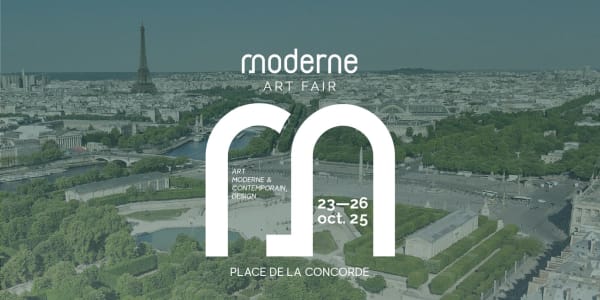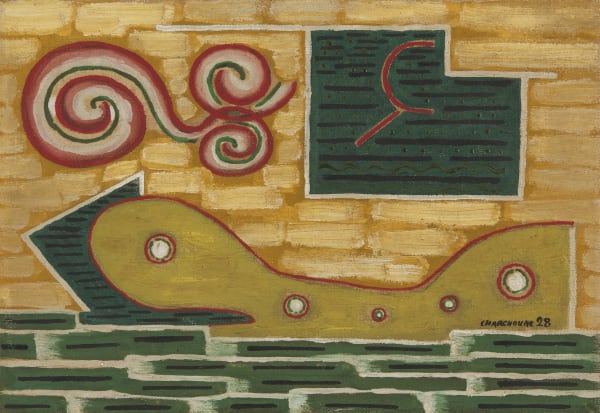Marcelle Ferron
Born in 1924 in Louiseville, Quebec, Marcelle Ferron grew up in a world where art still seemed bound by tradition. From an early age, she felt the need to free herself from academic constraints and chose to follow her own path. As a student at the École des Beaux-Arts de Québec, she formed close ties with Paul-Émile Borduas and the Automatistes, a group of young artists rebelling against the rigid norms of the time. In 1948, she made history by signing Refus global, a bold manifesto that proclaimed the independence of art and thought against all forms of oppression.
In her early works, color bursts forth with energy, gestures are spontaneous, and forms seem to dance across the canvas. But Ferron did not content herself with painting for its own sake: she wanted art to be part of the city life and speak to passersby. This quest led her to Paris in 1953, where she discovered stained glass—a discipline that fuses light and matter.
Back in Quebec, she embarked on a groundbreaking venture: integrating art directly into public space. The Champ-de-Mars metro station in Montreal, inaugurated in 1968, became her masterpiece, vast glass wall where reds, yellows, blues, and greens shift and reflect with the passing hours, as if light itself were dancing on stone and glass.
Throughout her career, Marcelle Ferron remained faithful to the spirit of audacity and freedom she had embraced since youth. Celebrated during her lifetime, she received many prestigious honors, including the Prix Paul-Émile-Borduas and the title of Grand Officer of the National Order of Quebec.
-

Moderne Art Fair
22 - 26 Oct 2025STAND 116B et 114B An exhibition with Huguette Arthur Bertrand ; Geneviève Asse ; Jean-Michel Atlan ; Roger Bissière ; Camille Bryen ; Louis Cane ; Serge Charchoune ; Olivier...Read more -

Défense du petit format
9 Sep - 11 Oct 2025The term small format refers to a work of reduced dimensions, generally smaller than what is considered “standard” in art. From a technical standpoint, it designates a format under 30...Read more



